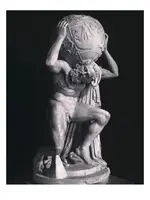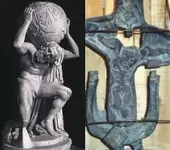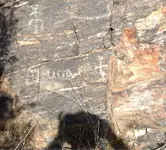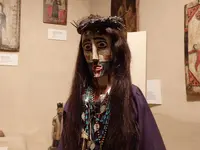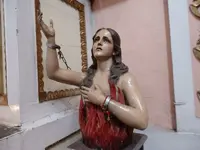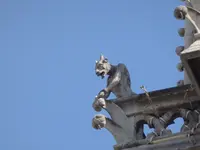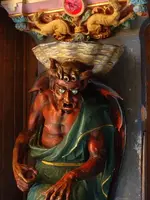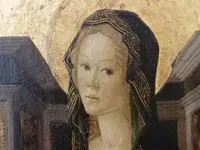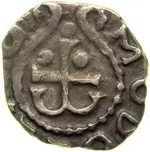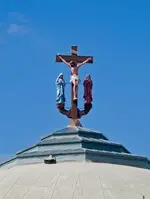How so? Here's a side-by-side. Strikingly artistic similarity, certainly visually, but also symbolically.
Perhaps the creator of the artwork was sophisticated enough to draw a visual comparison between Jesus' punishment and Atlas' punishment - both heroes bearing the weight of the heavens following an earthly spiritual conflict. The players and venues certainly change with the times, but the archetypes and myths seem to remain similar or the same.
View attachment 1269692
While both artists were obviously very talented, I cannot agree with the basis for your hypothesis that the person who made the crucifix had such thoughts in mind.
Atlas was accorded his punishment by Zeus, the King of Grecian Gods, whereas Christ and a number of other venerated souls were convicted and executed by men on earth .
Hal:
Unfortunately, the barrel obscures what is at the top of the casting. There may be a means by which to hang it up there.
While I also considered the possibility that the lower part could have been used as a base, there doesn't seem to be any way by which to attach the two parts in that configuration. That portion of the lower part which appears to extend behind the bottom of the upper part may actually be the attachment point, but for display as shown in the photo.
That's it was cast in two parts may be related to my own hypothesis that the artwork relates somehow to both Christianity ( upper) and Islam ( lower) .
If so, the "U" is the letter "N", which according to a Muslim co-worker I've asked, also means "end", and the three rectangular parts on the lower part refer to the "trilogy" of Islam....Koran/Siri/ Hadith.
"
The Trilogy contains three books—
The Koran is what Mohammed said that the angel Gabriel said that Allah said. But the Koran does not contain enough guidance for one to be a Muslim. The Koran repeatedly says that all of the world should imitate Mohammed in every way. Mohammed’s words and deeds are called the Sunna. The Sunna is found in two different texts—the Sira and Hadith.
The first source of the Sunna is the Sira which is Mohammed’s biography. The most authoritative version is by Ibn Ishaq.
The other source of the Sunna is the Hadith, the Traditions of Mohammed. "
My initial thoughts on the symbolism above the corpus, is that it may represent anointing oil, almond perhaps....or a chalice of some kind.



